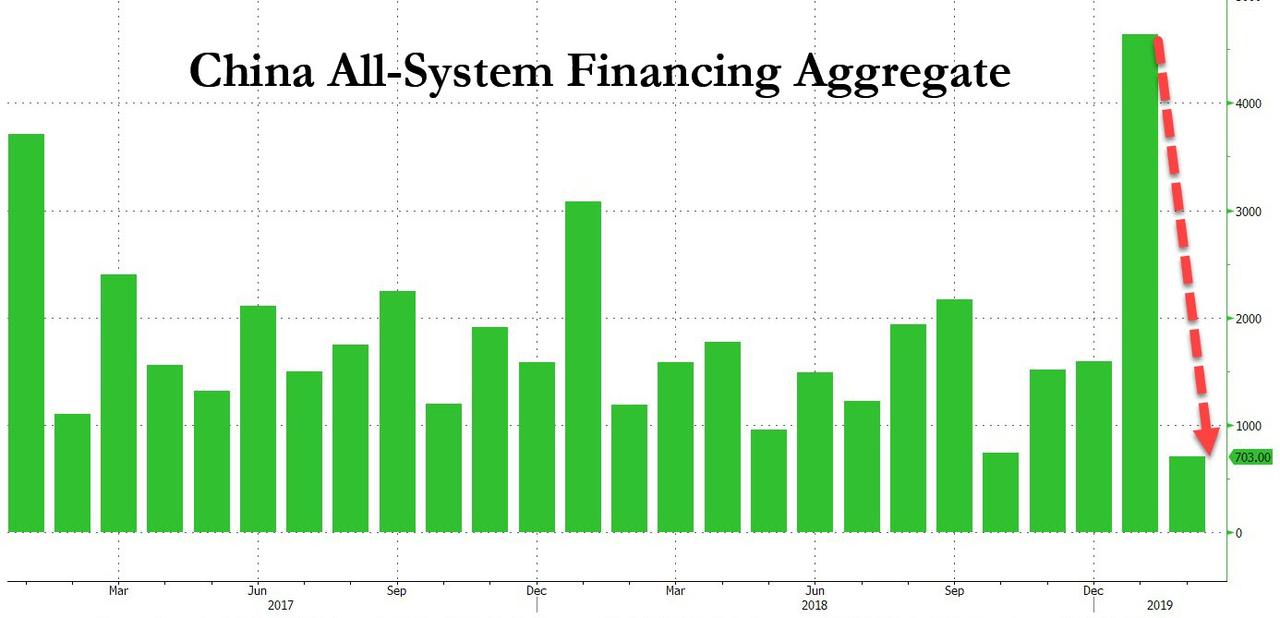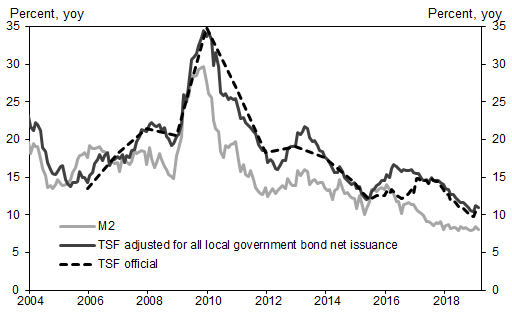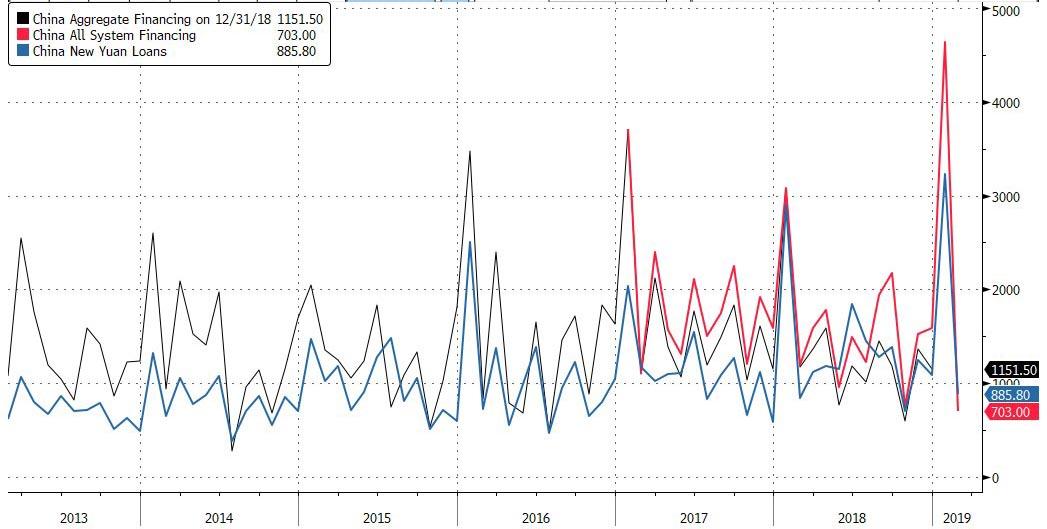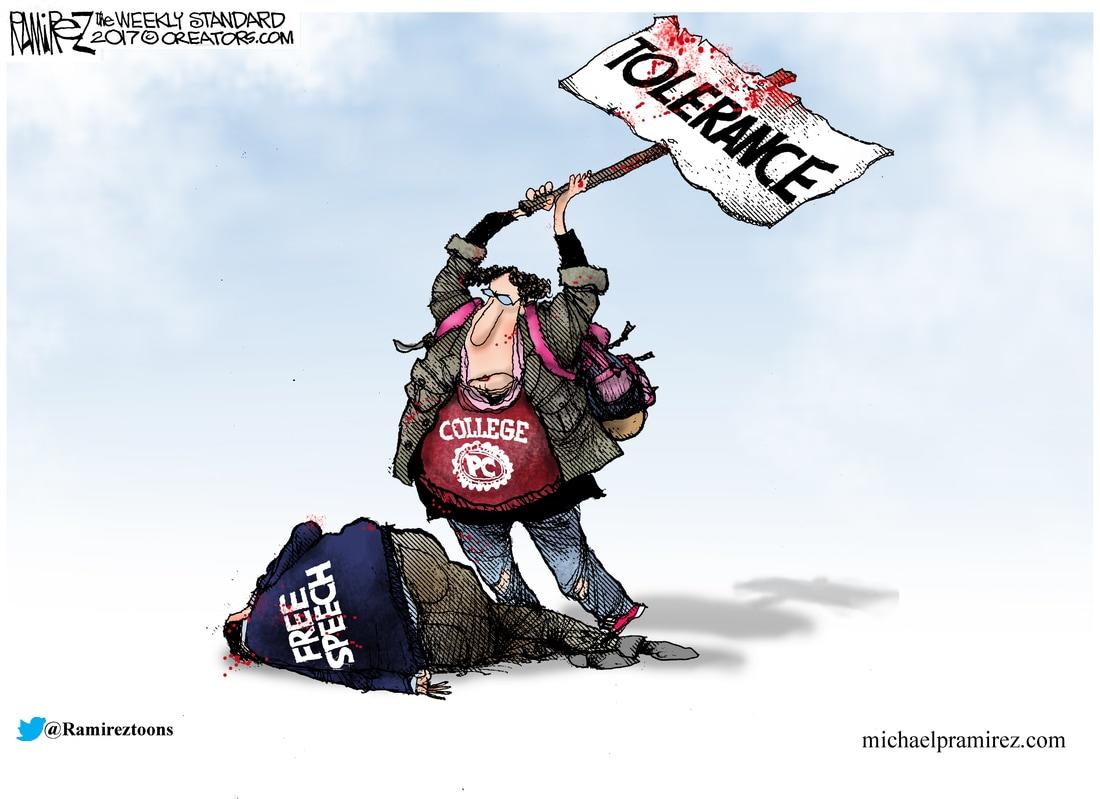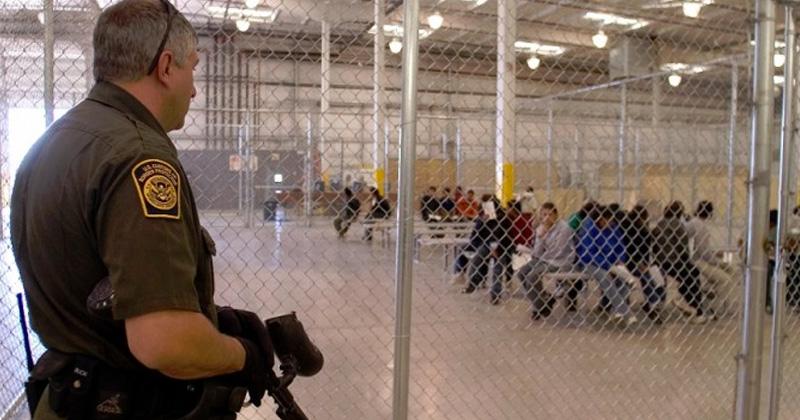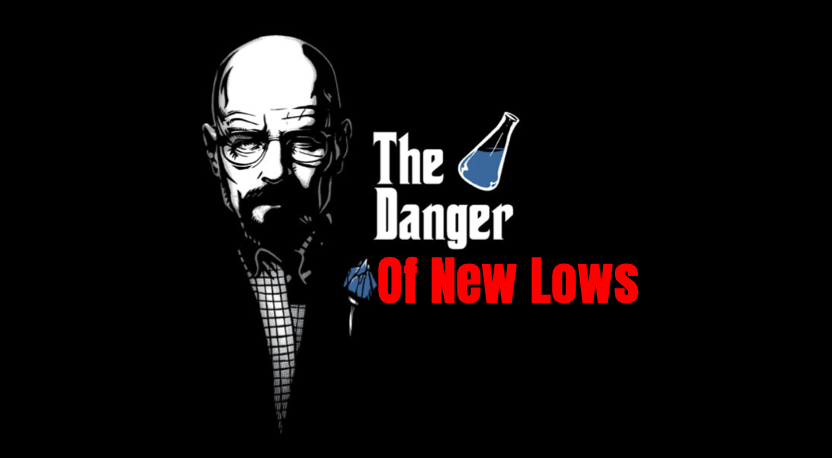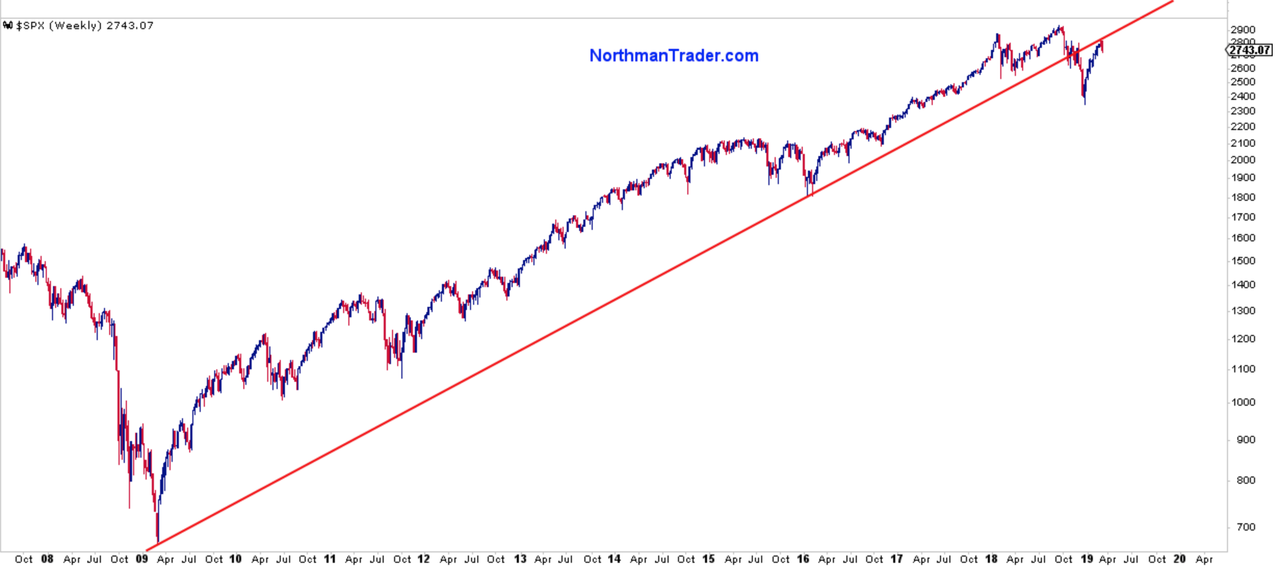Authored by Kit Klarenberg via SputnikNews.com,
Steele was cut off by the FBI for revealing his relationship with the Bureau to the media – but Ohr continued to pass information from Steele to his colleagues, regularly spoke to him via email and phone, and met up with him face-to-face on several occasions.
Information watchdog Judicial Watch has released 339-pages of US Department of Justice records, revealing former Associate Deputy Attorney General Bruce Ohr remained in regular contact with ex-MI6 operative Christopher Steele after Steele’s status as a paid confidential informant was terminated by the FBI in November 2016.
“These smoking gun documents show Christopher Steele, a Hillary Clinton operative and anti-Trump foreign national, secretly worked hand-in-glove with the Justice Department on its illicit targeting of President Trump. These documents leave no doubt that for more than a year after the FBI fired Christopher Steele for leaking, and for some 10 months after Donald Trump was sworn in as president, Bruce Ohr continued to act as a go-between for Steele with the FBI and Justice Department. The anti-Trump Russia investigation, now run by Robert Mueller, has been thoroughly compromised by this insider corruption,” said Judicial Watch President Tom Fitton.
NEW: JW announced it received 339 pages of heavily redacted records from the DOJ which reveal that former Associate Deputy AG Bruce Ohr remained in regular contact Christopher Steele after Steele was terminated by the FBI in November 2016 (1/3)https://t.co/lckhuDySHr
— Judicial Watch 🔎 (@JudicialWatch) March 7, 2019
Whether an accurate appraisal or not, it’s clear from the assorted communications Ohr was determined to ensure Steele retained access to the Bureau, and this contact remained hidden from public view – for instance, when acting Attorney General Sally Yates was fired by Trump January 2017, Steele feared Ohr would be fired too, and texted him to express his “sympathy and support”.
“If you end up out, I really need another contact point/number who is briefed. We can’t allow our guy to be forced to go back home. It would be disastrous all round, though his position right now looks stable. A million thanks,” Steele wrote.
In response, Ohr assured the Orbis chief he could “certainly” give him an FBI contact “if it becomes necessary”.
On 6 March that year, Senator Chuck Grassley wrote to then-FBI Director James Comey, seeking clarity on the nature of Steele’s relationship with the FBI. The next day, Steele texted Ohr to say he was “very concerned” by the letter, and its “possible implications for our operations and sources…We need some reassurance…Really fundamental issues at stake here”.
Days later, with Comey scheduled to testify before Congress, Steele told Ohr he was “a bit apprehensive” and hoped “important firewalls will hold”. On 24 March, Ohr and Steele discussed their “response” to the testimony, as he understood “an approach from the Senate Intelligence Committee” to Orbis was imminent.
On 26 October, Steele said he’s “very concerned” about documents the FBI intended to turn over to Congress about his work and “relationship with them”.
“Can we have a word tomorrow please? Just seen a story in the media about the Bureau handing over docs to Congress…Peoples live may be engangered [sic],” he despaired.
On 18 November, an again anxious Steele told Ohr it’d been “another tough week here” due to being “under the media spotlight” and the “legal pressures bearing down on us”.
“Also, we remain in the dark as to what has been briefed to Congress about us, our assets and previous work. I know you understand the importance of all this and have done your very best to support us…Sincere thanks for everything you are doing and I hope to speak to you again soon,” Steele texted.
In response, Ohr said he appreciated the “difficulties and uncertainty” he’d been experiencing.
Adding to the intrigue, the documents also reveal Ohr’s wife Nellie – hired as an ‘independent contractor’ by Fusion GPS during the November 2016 Presidential election – sent numerous emails and reports to her husband and other Justice Department officials on Russia issues. Ohr has never been questioned about this clear conflict of interest since, much less punished.
Judicial Watch has unearthed a vast number of documents exposing Steele’s intimate relationship with US authorities and the Clinton campaign – in July 2018, the organization released 412 pages of documents related to Foreign Intelligence Surveillance Act (FISA) warrants targeting Carter Page, a former Trump campaign adviser. The organization claimed the files confirmed the FBI and Department of Justice misled courts and withheld information proving Clinton’s campaign and the Democratic National Committee provided the “intelligence” used to persuade the courts to approve FISA warrants targeting the Trump team.
via ZeroHedge News https://ift.tt/2F0bzTs Tyler Durden




